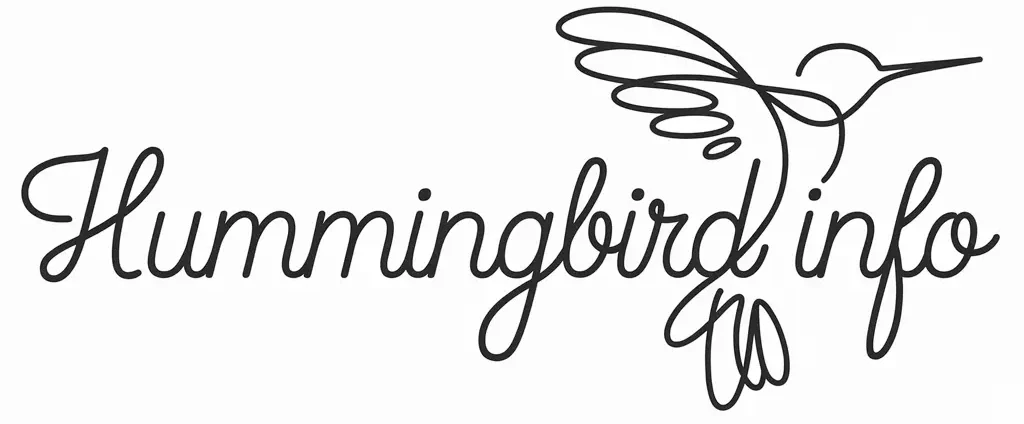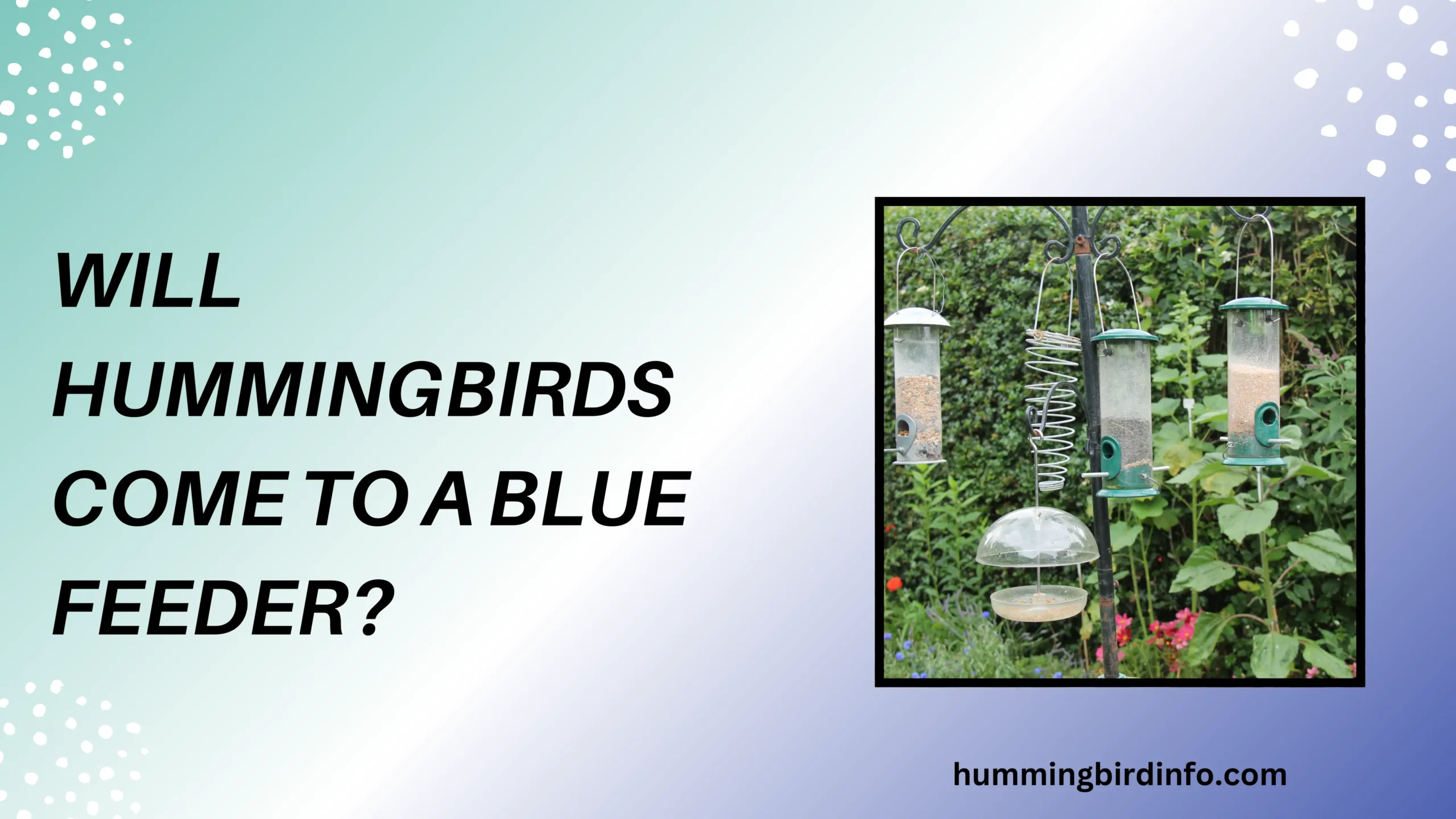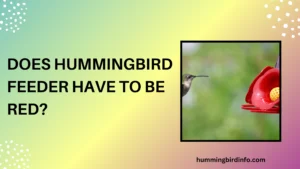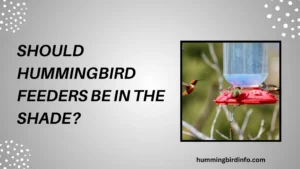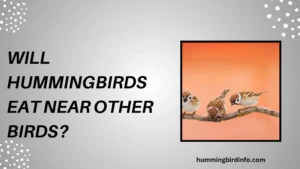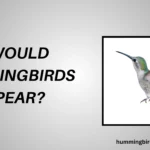Across gardens in North America, few sights are as breathtaking as a Ruby-throated hummingbird shimmering under the sun.
Their iridescent feathers, rapid wingbeats, and fearless dives around flowers make them a true symbol of wild beauty. It’s no wonder so many people set up hummingbird feeders hoping to invite these tiny wonders closer.
Traditionally, we imagine hummingbird feeders as bright red beacons swinging gently in the breeze. Red has long been thought of as the “magic color” for attracting hummingbirds, but what about blue feeders?
Are they just pretty decorations, or can they truly call these feathered gems into your yard?
This blog will dive deep into the real science behind hummingbird color vision, separating myth from fact.
We’ll explore whether blue feeders can succeed, why placement and nectar quality matter even more, and how you can turn your garden into a hummingbird paradise — no matter the feeder color.
Contents
- 1 How Hummingbirds See Colors Differently
- 2 Why Red Has the Strongest Pull — But Isn’t Everything
- 3 How Hummingbirds Learn to Love Blue Feeders
- 4 Factors More Important Than Feeder Color
- 5 Smart Strategies for Success with Blue Feeders
- 6 Conclusion
- 7 FAQs
- 7.0.1 1. Will hummingbirds notice a blue feeder as easily as a red one?
- 7.0.2 2. How can I make my blue feeder more attractive to hummingbirds?
- 7.0.3 3. Does the type of sugar I use in nectar matter?
- 7.0.4 4. How often should I change nectar in a blue feeder?
- 7.0.5 5. Are there common mistakes that discourage hummingbirds from feeders?
- 7.0.6 6. Can I hang multiple feeders of different colors?
How Hummingbirds See Colors Differently
Hummingbirds have tetrachromatic vision, meaning they can see a wider range of colors, including ultraviolet (UV), beyond human sight. This gives them the ability to spot food sources that seem dull to us.
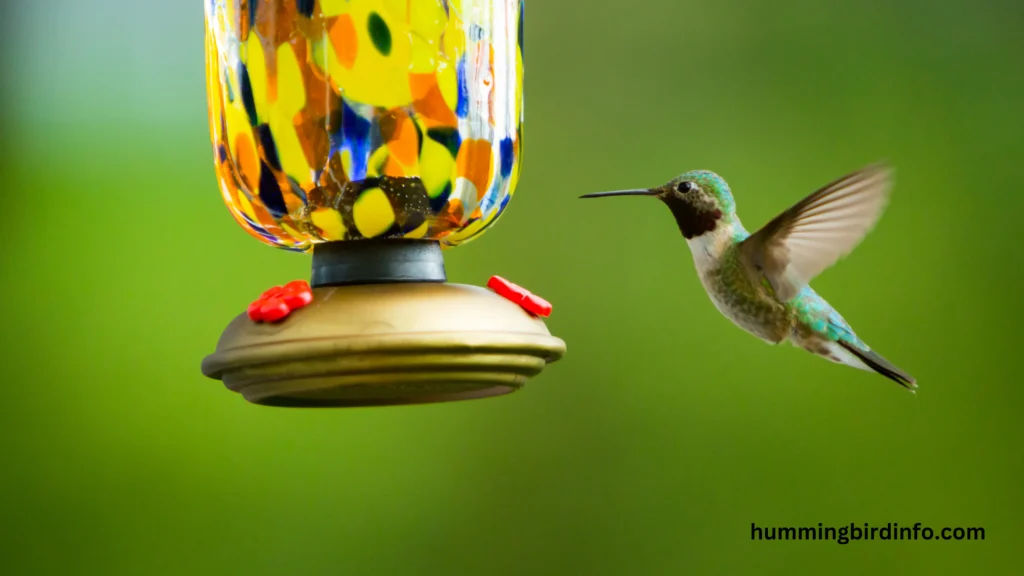
They are especially sensitive to red and orange hues, a trait evolved alongside North America’s rich supply of nectar-filled red flowers. Their sharp vision helps them quickly pick out these vibrant signals in natural landscapes.
However, hummingbirds can easily see blue and green as well. Many flowers they visit are bluish or purplish, proving they don’t solely rely on one color to find food in their environment.
Why Red Has the Strongest Pull — But Isn’t Everything
Over thousands of years, hummingbirds in North America have co-evolved with red flowers like the trumpet vine and bee balm. Red became a natural shorthand for “nectar is here,” triggering an automatic attraction.
Commercial feeders in the US leaned heavily on this instinct, flooding the market with bright red models to maximize success. This created a strong cultural belief that only red works.
However, scientific studies show that while red is a strong first attention-getter, hummingbirds are highly adaptable and will quickly learn to visit feeders of any color, including blue, if the reward is good.
How Hummingbirds Learn to Love Blue Feeders
Hummingbirds are incredibly intelligent creatures capable of learning and forming memories about food sources. If a blue feeder consistently provides fresh, high-quality nectar, birds will associate blue with a reward.
Experience can even override their initial instincts, allowing blue, purple, or even green feeders to become favorites. They prioritize consistency, safety, and nectar quality over color once a feeding spot is trusted.
Gardeners in the US have often shared anecdotes of hummingbirds flocking to blue feeders, especially when combined with other attractants like nearby flowering plants and safe perching spots.
Factors More Important Than Feeder Color
No matter the feeder color, strategic placement is essential. Your feeder should be in a highly visible, semi-open spot near natural shelter like trees or shrubs for quick hiding from predators.
The quality of your nectar is even more critical — always use a 1:4 sugar-to-water ratio, avoid dyes, and refresh the solution every few days, especially in warmer US climates.
Pests like ants, bees, and wasps can discourage hummingbirds quickly, so installing ant moats and bee guards is crucial. Cleanliness and reliability will win a hummingbird’s loyalty faster than color.
Smart Strategies for Success with Blue Feeders
Help your blue feeder get noticed by adding red accents nearby, like ribbons, flowers, or even colorful garden decorations to catch attention at first. Over time, the birds will focus on the feeder itself.
Plant nectar-rich flowers native to your US region near the feeder to naturally guide hummingbirds toward it. Species like salvia, coral honeysuckle, and cardinal flowers are irresistible.
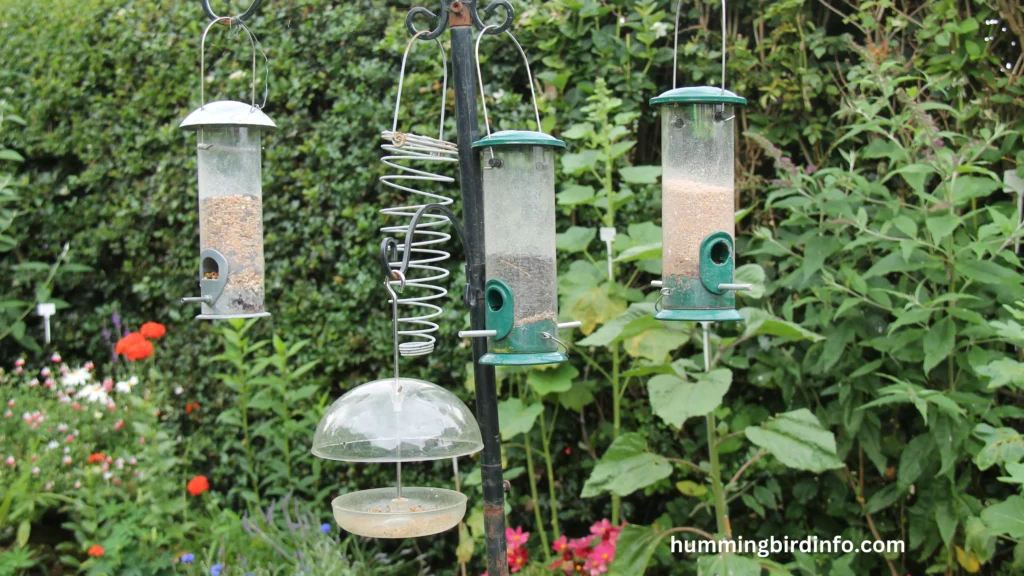
Above all, be patient and consistent. Hummingbirds may take a few days or weeks to explore a new feeder, but once they associate it with good food, color becomes secondary to their loyalty.
Conclusion
In the vibrant world of hummingbirds, color plays a role — but it’s not the whole story. Blue feeders can absolutely attract hummingbirds if they offer a trustworthy, delicious reward in a safe environment.
Understanding hummingbird vision, working with their habits, and ensuring high nectar quality and clean feeders matters far more than picking the “right” color. Hummingbirds are flexible learners who adapt quickly to good experiences.
So don’t be afraid to set out that beautiful blue feeder! Focus on smart placement, fresh nectar, and a welcoming garden — and soon, you’ll have hummingbirds zipping happily through your yard, proving that blue can be just as magical as red.
FAQs
1. Will hummingbirds notice a blue feeder as easily as a red one?
Hummingbirds are initially more attracted to red, but they can still see blue clearly and will visit a blue feeder if it’s visible and rewarding.
2. How can I make my blue feeder more attractive to hummingbirds?
Place it near bright flowers, add red ribbons, and make sure it offers fresh, high-quality nectar consistently.
3. Does the type of sugar I use in nectar matter?
Yes, always use white granulated sugar only. Brown sugar, honey, or artificial sweeteners are dangerous to hummingbirds.
4. How often should I change nectar in a blue feeder?
Change nectar every 2–3 days in warm weather to prevent mold and bacteria, which hummingbirds strongly avoid.
5. Are there common mistakes that discourage hummingbirds from feeders?
Yes! Dirty feeders, bad nectar, pests like ants or bees, and poor visibility are big turn-offs, no matter the feeder’s color.
6. Can I hang multiple feeders of different colors?
Absolutely! Multiple feeders can reduce bird fights and attract even more hummingbirds to your garden.
